Posted on February 22, 2021 by IntraBalance - Sleep Health
Posted on February 1, 2021 by IntraBalance - Sleep Health
Posted on December 21, 2020 by IntraBalance - Sleep Health
Posted on November 30, 2020 by IntraBalance - Psychiatry, Sleep Health
Posted on November 16, 2020 by IntraBalance - Sleep Health
Posted on October 27, 2020 by IntraBalance - Sleep Health
Posted on October 5, 2020 by IntraBalance - Sleep Health
Posted on September 5, 2020 by IntraBalance - Sleep Health
Posted on September 4, 2020 by IntraBalance - Sleep Health
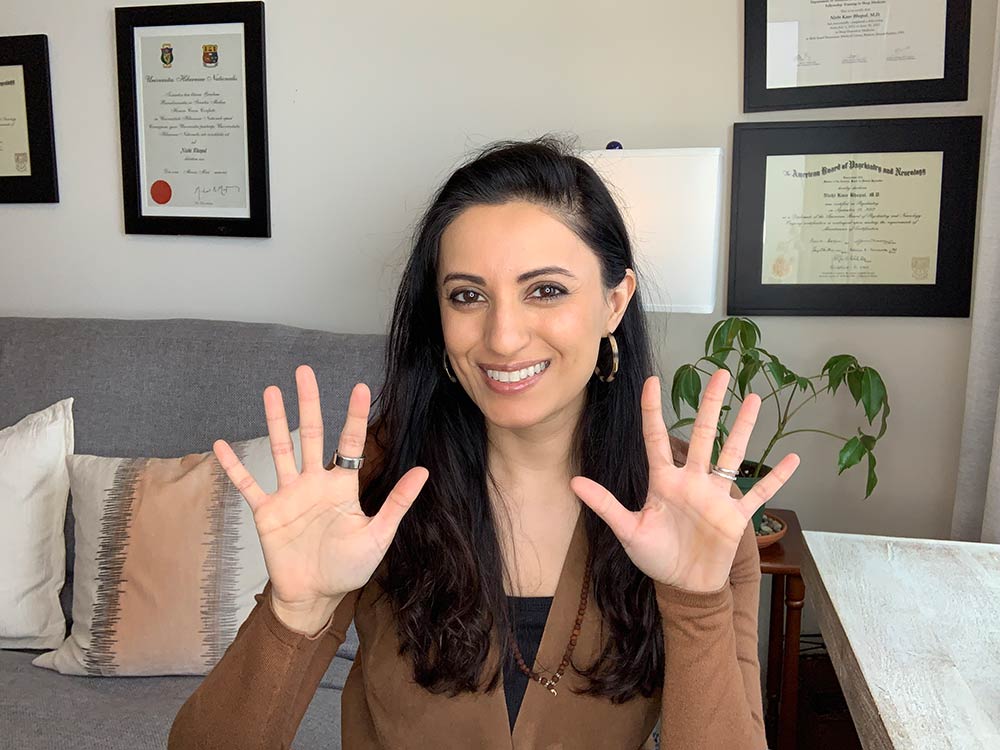


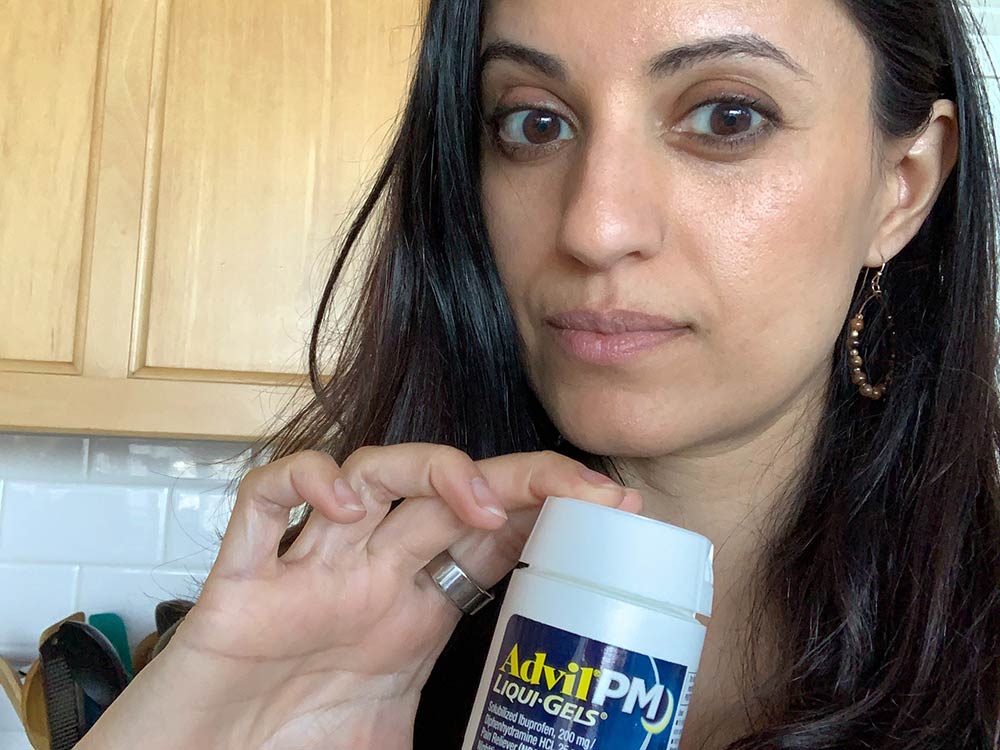

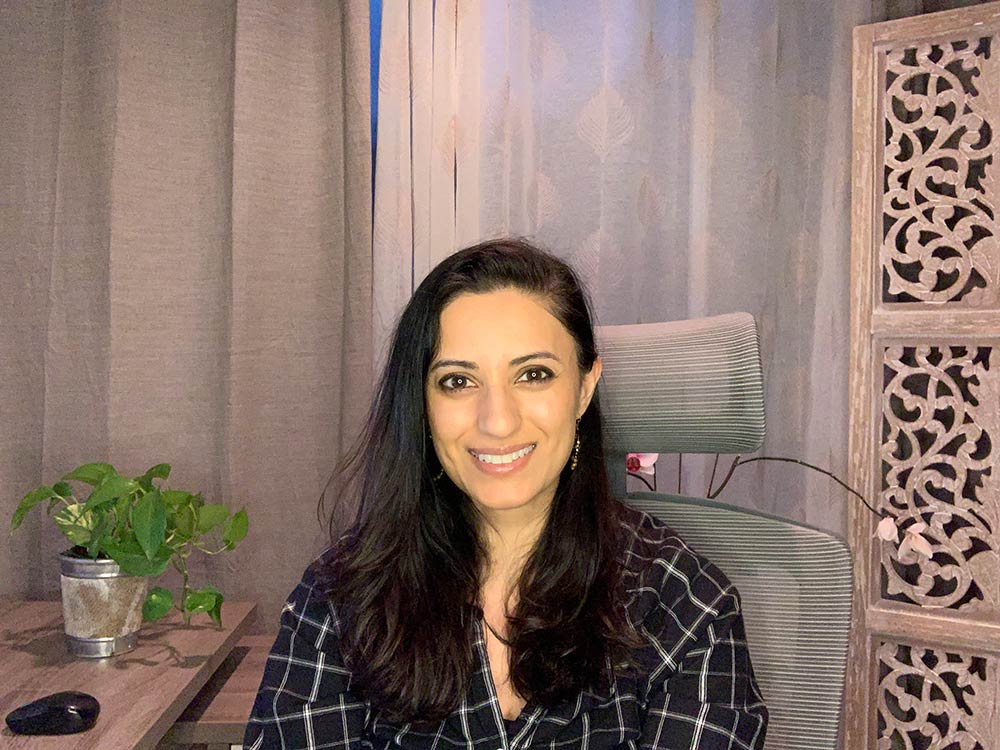
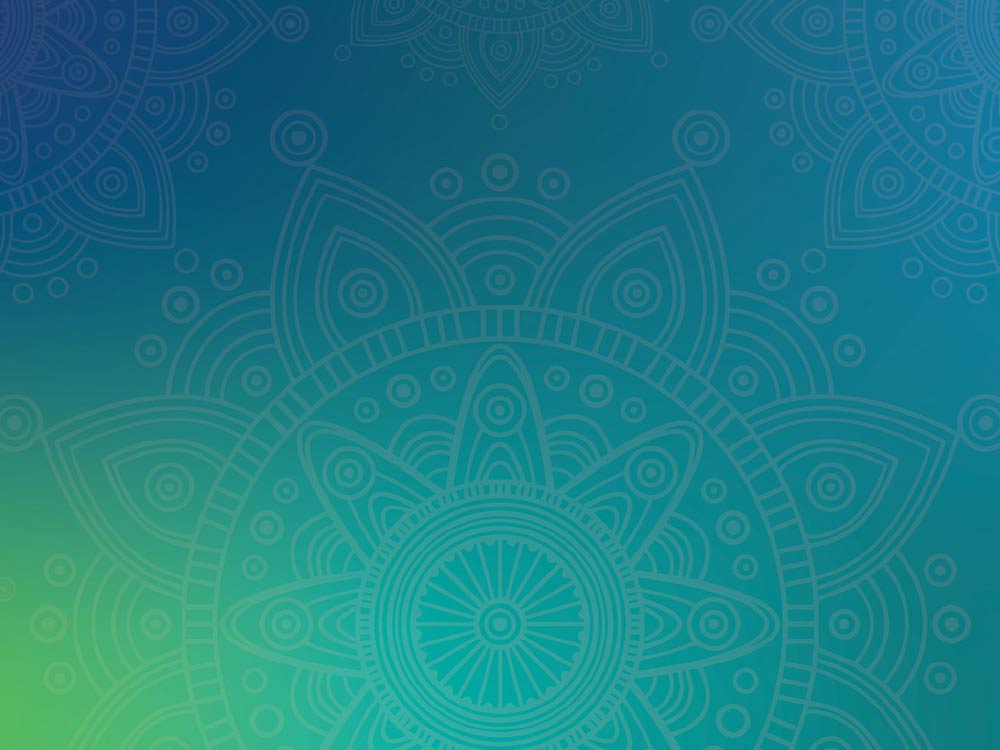



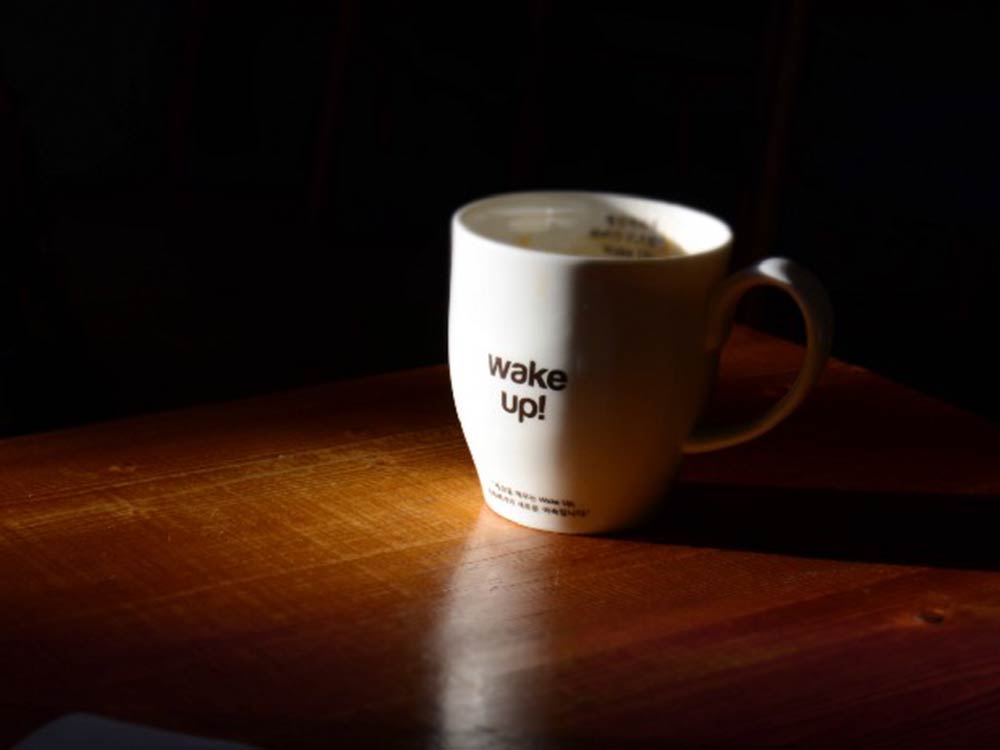

Recent Comments